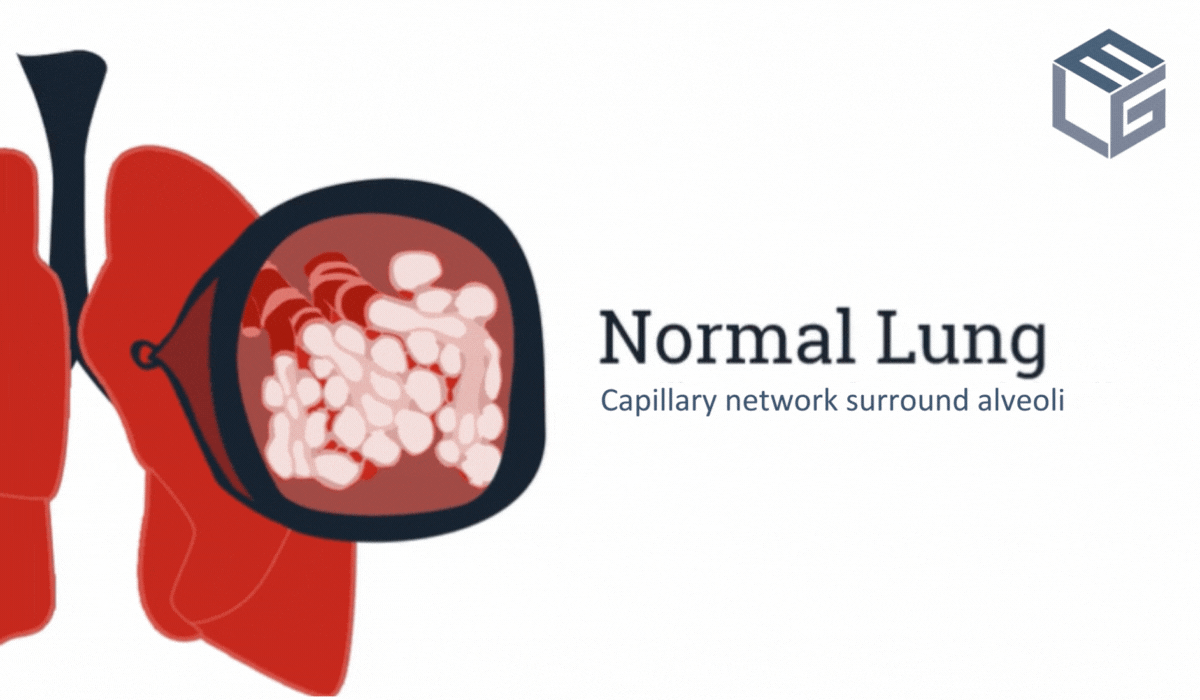Survival rate for pulmonary fibrosis is less than 5 years
Pulmonary fibrosis is a type of interstitial lung disease in which severe scarring affects the space between the air sacs of the lungs, medically known as interstitium. While pulmonary fibrosis is most often caused by factors such as respiratory infections, heart failure, or adverse drug reaction, it may also occur as a consequence of asbestos exposure.
Because it is very similar to asbestosis in terms of symptoms and lung appearance, interstitial fibrosis is frequently misdiagnosed among asbestos victims, which takes a heavy toll on their prognosis. Being a progressive disease, pulmonary fibrosis typically occurs in 10 to 30 years from the first asbestos exposure. As the disease advances, less and less oxygen is delivered to internal organs, which may bring about a series of other health issues, such as pulmonary hypertension. When it can no longer be kept under control with treatment, pulmonary fibrosis will eventually lead to respiratory failure.
The most common symptoms of pulmonary fibrosis include:
- a dry cough
- shortness of breath
- chest pain
- difficulty breathing
- fatigue
- nail clubbing
- unintentional weight loss
Despite their similar mechanism of development, pulmonary fibrosis is more aggressive than asbestosis, which translates to a poor prognosis for the vast majority of patients. On average, people who struggle with this illness will lose between 150 and 200 milliliters of lung capacity every year. While the life expectancy for pulmonary fibrosis is approximately 5 years, early detection can prolong survival to a great extent. Unfortunately, there is no cure for pulmonary fibrosis. Scarring is irreversible and will continue to worsen over time.
